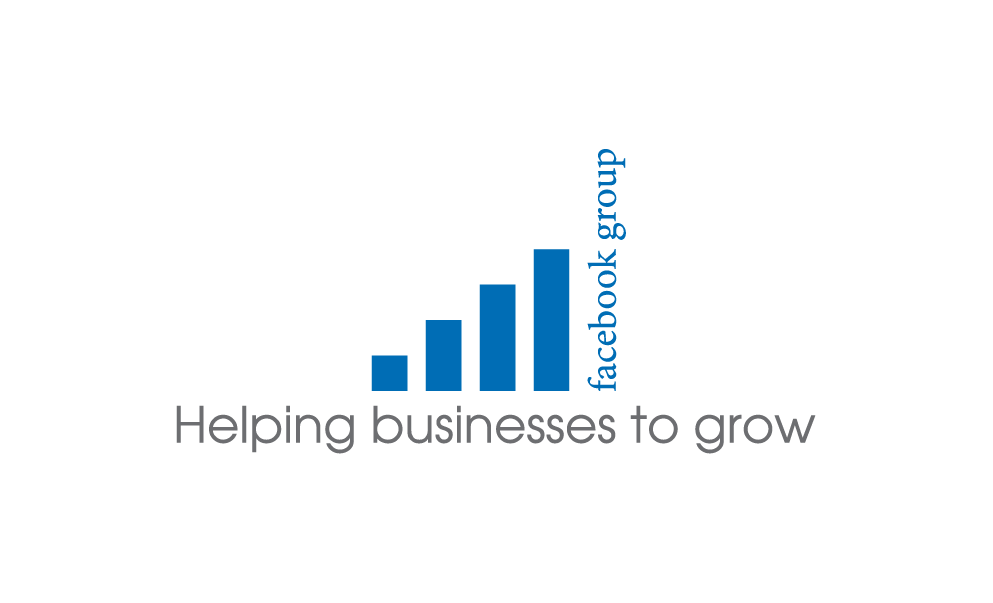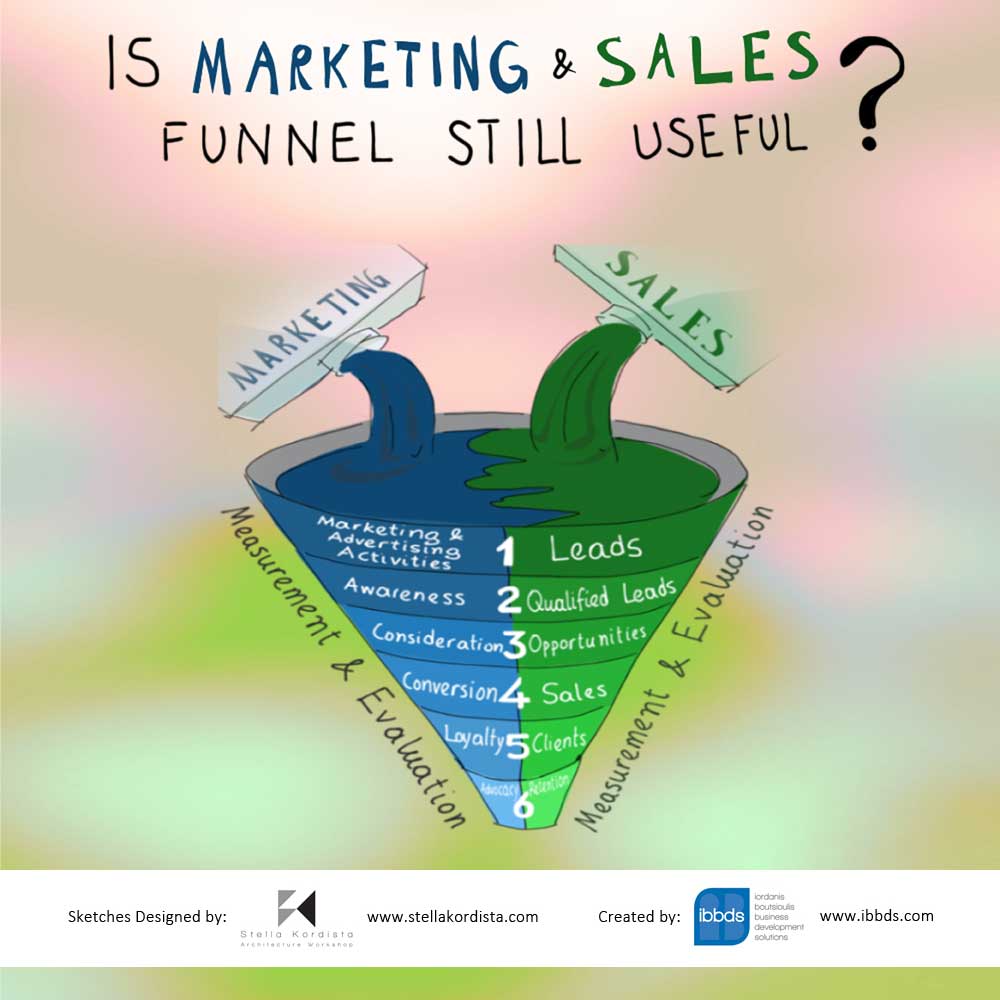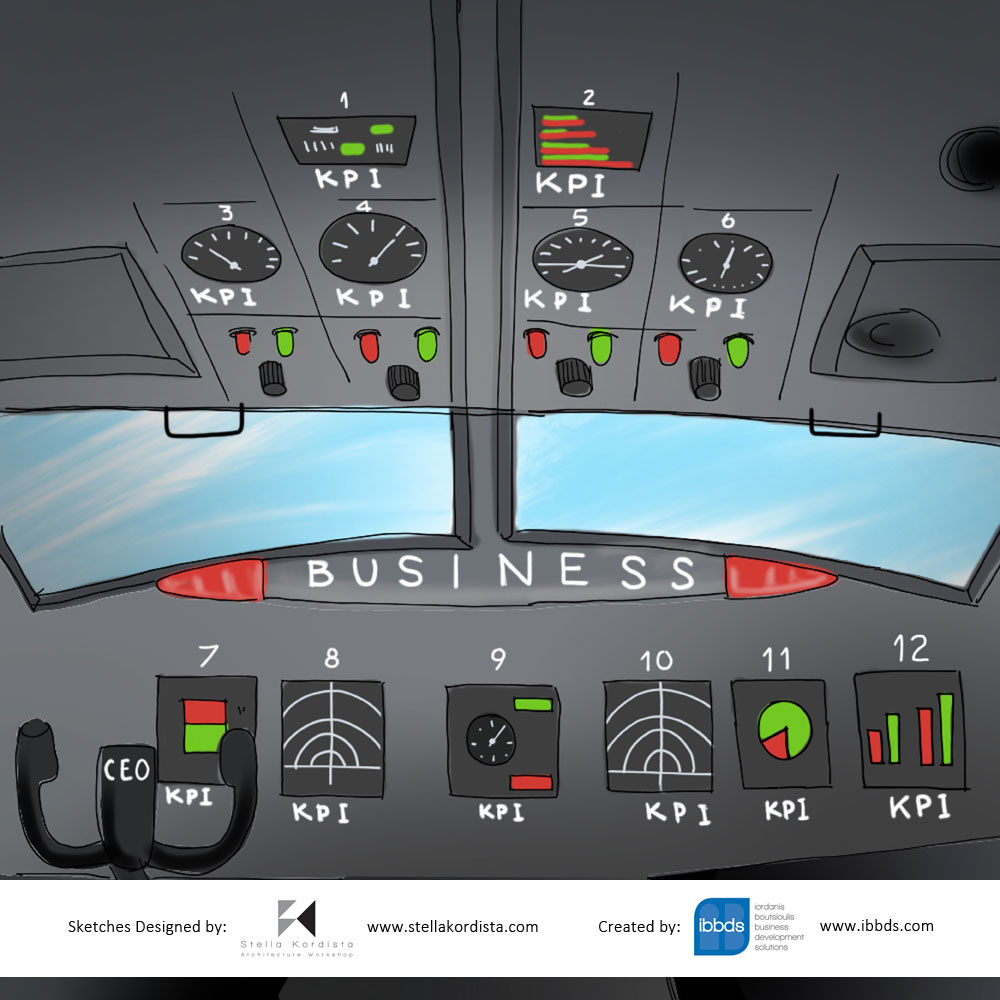When you run a startup or an SME, it is necessary to have a clear understanding of your current position and capabilities in the business environment. Therefore, it is essential to do a situation analysis.
The best way to accomplish that is to use a collection of the most important methods that exist out there for conducting situation analysis. These methods will help you to arrange all the necessary data in the right order to comprehend where you are as a business, to plan, and to base your decision making on analyzed facts.
So, what are these methods? There are five well-known methods that we usually use for analyzing the situation of a business. These are the following:
1. SWOT Analysis
-
Strengths
-
Weaknesses
-
Opportunities
-
Threats
SWOT Analysis is the method that companies use for understanding the strengths and weaknesses they have (internal) and also the opportunities and threats that exist in the market they operate in (external). The word SWOT comes from the words, Strengths, Weaknesses, Opportunities, and Threats. It is one of the most famous ways of business analysis, but you have to be realistic in the data you put in. SWOT analysis is very good for identifying issues, for strategic planning, and for decision making.
2. PEST Analysis
-
Political
-
Economic
-
Social
-
Technological
PEST Analysis is an acronym for Political, Economic, Social and Technological. It is a method of analysis for identifying the external factors that exist and affect your business.
Political factors such as government, regulations, legal issues, taxation and so on.
Economic factors like inflation, the growth of the economy, interest rates, unemployment rate, economic policies and so forth.
Social factors are the demographics, lifestyle, education levels, culture and other.
Finally, Technological factors that have to do with the existing technology and limitations,
R&D spending, innovation, internet, and so on.
3. 5C’s Analysis
-
Company
-
Competitors
-
Customers
-
Collaborators
-
Climate
5C’s Analysis comes from the 5 C’s which are the following: Company, Competitors, Customers, Collaborators, and Climate.
In the Company section, you can put everything that has to do with your business such as products, services, corporate brand and brands, history, patens, assets, culture, positioning, know-how, location, etc.
In the Competitors section, you record everything that has to do with your competition (direct and indirect). It is a comparison between you (your business) and them in all areas.
Market shares, positioning, products/services, distribution, prices, marketing (strategy and tactics), promotion/advertisements (online/offline), events, email campaigns, internet/web (website, communication style, content, offers, testimonials, loading speed, traffic, lead magnets, landing pages, sales funnels, blog/s, SEO/keywords, backlinks, organic presence, paid search, display ads, web directories, forums, reviews, and so on), social media (Facebook, LinkedIn, Instagram, YouTube, Pinterest, Tumblr, Google Plus, other media, groups), communication style, content, posts, videos, webinars, engagement, likes, followers, mentions, hashtags, influencers, and so on, public relations, USP’s, production capabilities, suppliers of your competitors, R & D, location/s, culture, innovation, assets, human resources/talent, know-how and so forth.
In the Customers section, you identify all the elements of segmentation, consumer behavior, habits, demographics, social and cultural factors, lifestyles, believes, etc.
In the Collaborators section, you can place all the characteristics of your suppliers, agencies, distribution, alliances, and so on.
Finally, in the Climate, you analyze anything you have already put in the PEST Analysis plus the environmental issues or regulations that affect your company.
4. Heptalysis
-
Market Opportunity
-
Product/Solution
-
Execution Plan
-
Human Capital
-
Financial Engine
-
Potential Return
-
Margin of Safety
Heptalysis is a useful method of seven critical factors that should be considered at the starting period of a business, especially if we want to assess the risk of funding it.
Market Opportunity: In this section, we need to assess if there is a market opportunity for this business. For instance, we need to check if there is out there a suitable solution like ours. Is the market timing correct? Is it sustainable? Is the target market clear? The mission and vision of the business are realizable?
Product/Solution: Here we need to assess if the product/solution is appropriate. For example, is there a clear value proposition? Will the market accept it? Is there a sufficient benefit to replace substitutes? Do we have legal and regulatory protection? Similar questions need answering.
Execution Plan: An assessment of the execution plan needs to take place here. Is it realistic to be executed? Is there a business plan, marketing plan, production plan, compensation plan, sales and distribution plan that can be implemented?
Human Capital: In this section, we assess the Human Capital. Do we have the appropriate leadership and management team? Can we hire the needed talent? Can we attract and pay them accordingly during the business development? Do we have the assets and resources to keep the team in the business? Can we continuously provide training and motivation?
Financial Engine: The ability of the business to meet (in the short and long term) all the financial obligations that will arise based on the plan will be assessed in this part. For instance, is the cash flow realistic? Is it achievable? Can we finance the appropriate technology needed? Are there any investors or loans ready and willing to fund the business requirements?
Potential Return: What will be a realistic ROI will be assessed here. Market share, profitability, exit plan, shares, revenue model, margins, pricing and other similar factors will have to be evaluated.
Margin of Safety: The risk will be assessed here. Questions like barriers to entry, competition awareness, knowledge retention, liquidation seniority and other relative to risk issues will need to be answered.
5. Porter’s Five Forces Industry Analysis
-
Threat of New Market Entrants
-
Threat of Substitution
-
Competitive Rivalry
-
Buyer Power
-
Power of Suppliers
Last but not least, you can use the method of Porter’s Five Forces Industry Analysis. It is a closer look at your industry and market. This method is a model from Michael E. Porter’s 1980 book called “Competitive Strategy: Techniques for Analyzing Industries and Competitors” According to Porter, five forces determine the attractiveness of an industry and therefore the overall profitability. That is why it is imperative to analyze these five forces.
The first force that you should analyze in your industry and market is the Threat of New Market Entrants. Here, you examine how easy it is for new companies to enter the industry and the market in which you operate. How many barriers exist that make the entrance of new companies difficult?
The second force is the Threat of Substitution. How many companies can switch to a substitute product or service that can create extra competition for you? Is this easy for them to do regarding the costs? How many alternative products or services consumers have instead of yours? All the factors that play a role in this area should be reported.
The Competitive Rivalry is the third force. In this part, you investigate the intensity of your competition. All the factors that determine the profitability of your industry and market (created by your competitors) have to be mentioned.
The first three forces are the “Horizontal” competition. The fourth and fifth forces are the “vertical” competition. Let’s see them.
The fourth force is the Buyer Power. Here you examine the pressure your customers can place on the industry and market. What are the switching costs for your customers? What is their bargaining power? Are your customers concentrated? Can they force down the prices? Try to think as many factors as possible.
Lastly, the fifth force, Power of Suppliers, is also significant. In this section, you analyze the pressure that suppliers place in the industry and the market you operate. How many suppliers exist? Are they concentrated? Can they expand vertically and be your competitors in the future? What is the power of the distribution channel? Do you have high fixed costs? Is there a scarcity of resources? Do you know if suppliers favor your competitors with their pricing policy? Again, it is important to think as many factors as possible.
Therefore, following these methods, you will conduct a situation analysis for your business that is truly professional and will help you understand precisely where you are now, and where you are going as a company.
How did you conduct Situation Analysis for your business so far?
Iordanis Boutsioulis, B.S., M.B.A.
Founder at ibbds, Business Developer, Marketing Strategist & Consultant
- All About Success
- Do you want to start a business? This is what you need!
- Pages a Small Business Website Should Have Today
- How to Avoid the Top 3 Reasons Startups Fail
- The Path to Overcome Entrepreneurial Burnout
- 20 Valuable Guidelines to Build a Powerful Brand
- 21 Great Tips for Creating a Successful Logo
- 22 Leadership Slips You Should Bypass
- 40 Tips for Successful Negotiations
- How to Grow Your Business
- How to Conduct a Situation Analysis for Your Business
- 22 Effective Time Management Tips For Entrepreneurs
- 30 Best Practices To Make Your Customers Satisfied And Loyal
- Is Marketing And Sales Funnel Still Useful?
- Is Ello the End of Social Media as We Know Them?
- What Strat-Ups & SME’s Need Most – Differentiation
- Do you need a marketing plan?
- Is your profitability enough?
- Why KPI’s are so important?
- The first 7 things you have to do when you start a business!
- What is Business Development?























































Subscribe for free ibbds newsletters!
Receive the latest & most exclusive growth hacking & top business development tips & much more from ibbds
You have Successfully Subscribed!
Your privacy is very important to me. Your personal information will never be shared with unrelated third parties.